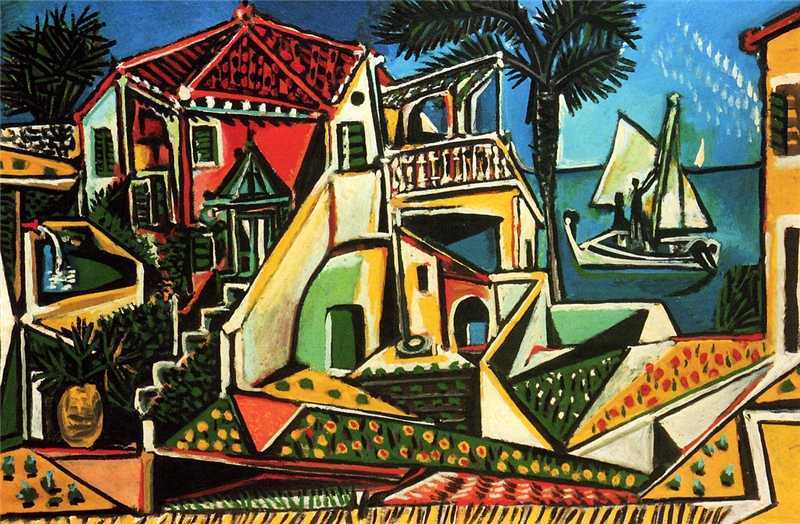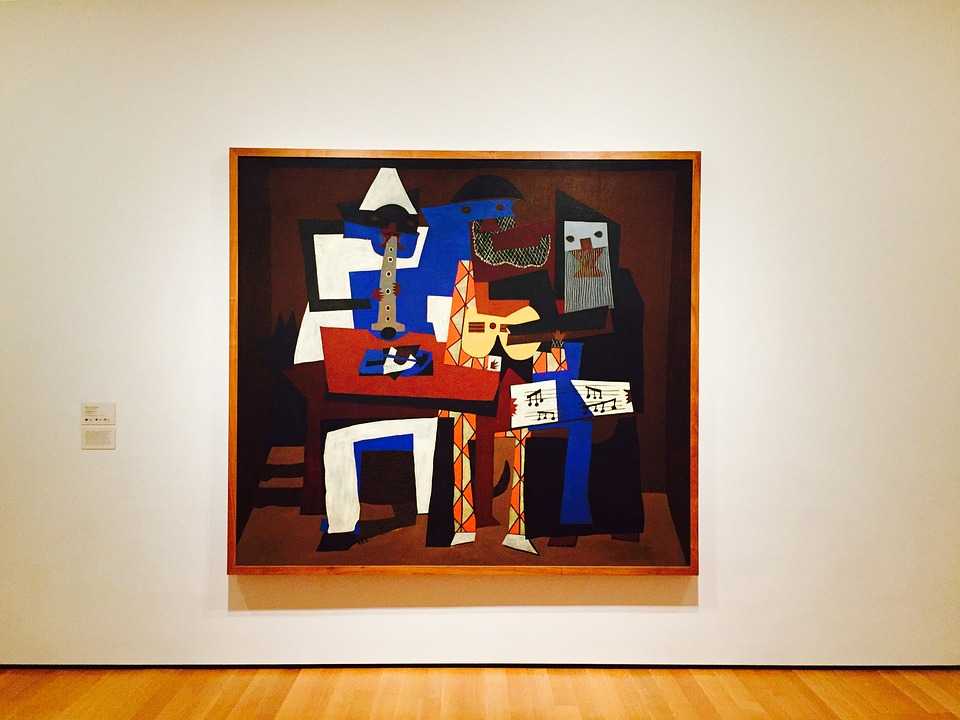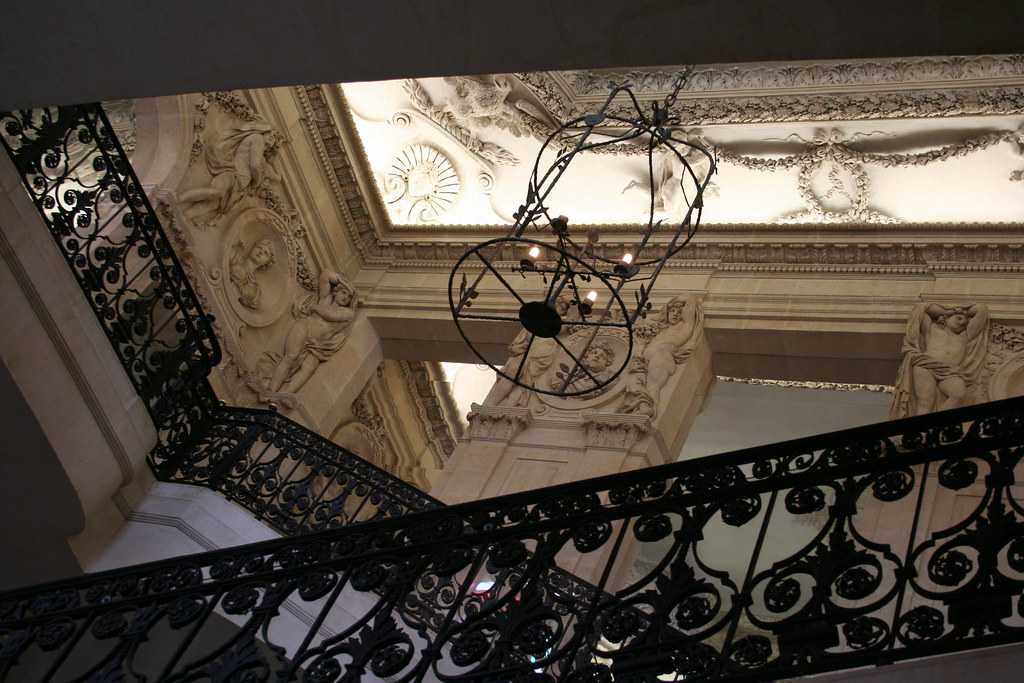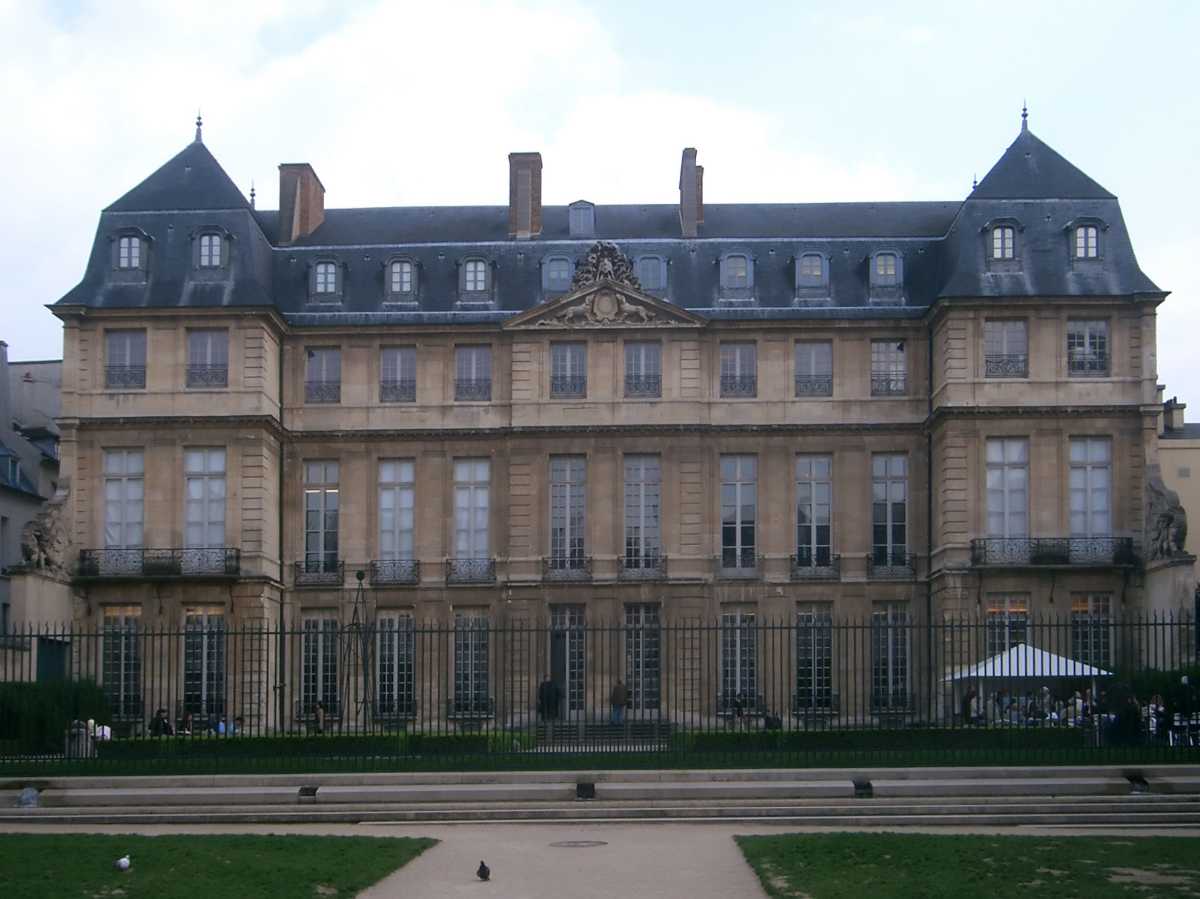Musee Picasso
Tags : Museum
Timings : Tuesday - Friday: 10.30 AM - 6:00 PM
Saturday and Sunday: 9.30 AM - 6:00 PM
Monday: Closed
Time Required : 2 - 4 Hours
Entry Fee : EUR 5 onwards
Varies with the exhibitions
Picasso Museum
Musee Picasso, Paris Overview
The Musee Picasso is an art museum located in the Hotel Sale, in the Marais district of Paris. It is entirely dedicated to the works of the legendary Spanish artist Pablo Picasso. Among these artworks are the Celestina, Girl Before a Mirror and The death of Casagemas which are deemed to be some of the most famous works by Picasso.
Works by artists such as Rousseau, Degas and Renoir also stand amongst the collection in the museum. A significant collection of African art by which Picasso was inspired is also present in Musee Picasso. The Picasso Museum belongs to the City of Paris and has been classified as a historical monument since 1968.Hotel Sale, built initially for a tax farmer during the 17th-century, was reconstructed by Roland Simounet during the years 1976 - 1985 for a much sophisticated and sombre look of Musee Picasso. Picasso Museum holds over 5000 works of art by Picasso. These works include, apart from his world-renowned paintings, a range of pieces from his repository such as sculptures, prints, drawings, ceramics, engravings and private notebooks, manuscripts and correspondence letters. It also holds a personal photographic archive, accompanied by a collection of other artists' works by Picasso himself. His family donated all of these artworks after his death.
Read More on Musee Picasso
The Collection at Musee Picasso

Picasso’s collection of self-portraits from his Blue Period contain some of his greatest works. The museum also has items from his final years. Kiss, Large Nudes, Matadors and Musicians are some eminent collections available at the museum. Picasso was also known for his unique cubist paintings such as Man with a Guitar and Man with a Mandolin which are also maintained at the collections in Musee Picasso.
Picasso was no less than a professional sculptor when it came to sculptures. The museum holds over 250 three-dimensional items which were collected from his studios. The sculptures were primarily created to celebrate his achievements in the domain of painting. Proto-cubist wood and bronze structures, cubist constructions and wire-framed models along with ceramic busts Boisgeloup are some of Picasso’s renowned works that are showcased in this museum.
There’s also a library that features approximately 11000 books. Among these are 100 preserved books which contain original illustrations by Pablo Picasso. The photographic archives at the museum contains more than 17000 documents pertaining to Picasso’s interest in photography. The collection includes photographs by Picasso himself as well as photographs by other important photographers of the 20th century like Cecil Beaton, Robert Capa and Lucien Clergue.
Exhibitions at Picasso Museum
1. Calder-Picasso Exhibition

Run Time: 19 February – 25 August 20192. Picasso, Obstinément Méditerranéen - (Picasso, decidedly Mediterranean)
Timings: 9.30 AM - 4 PM
Price: EUR 14

Run Time: 4 June 2019 – 6 October 20193. Picasso, Magic Tables

Run Time: 1st October 2019 - 23 February 2020
Musee Picasso Interior Design and Architecture

The Hotel Sale is a grandiose 17th-century house based on the Mazarin style- Italian baroque combined with neoclassicism. The facade is featured by sculpted fruits, cherubs and engravings accompanied by a grand central staircase which is based on Michelangelo's plan for the Laurentian Library. Several areas like the attic and the third-floor rooms were initially closed for visitors, but are open now. Extra rooms have also been created by excavation techniques applied on basements and vaulted cellars. The hotel also features a beautiful garden that is lined up with rooms along its length.
The attic's framework is elegantly designed with wood and features the artworks of Picasso's favourite artists such as Rousseau and Derain. The central section of the museum showcases original works of Picasso in sets, pertaining to the different periods that they date back to. The museum also uses cellars which are based on the themes of Picasso's studios, namely photographs, engravings, sculptures and paintings. There is also a regularly running exhibition that changes locations across the museum periodically. The overall design of the Musee Picasso is chronological and thematic, which projects a fanciful yet a minimalistic feel and an aesthetic vibe.
Picasso Museum History

The history of Musee Picasso holds no weight without the history of Pablo Picasso. Pablo Picasso was a Spanish artist who dedicated his life towards sculpting, painting, and in all, creating. He was responsible for bringing about some of the significant changes in the way art, in general, was perceived. Known most popularly for co-founding the Cubist Movement, Picasso spent most of his adult life in France, which ended up becoming the resting place for a considerable portion of his greatest works; The Musee Paris.
After an idea competition involving four architects, the appointment for restoration and refurbishment of hotel Sale was given to architect Ronald Simounet, who furthered through the process between 1979 to 1985.The process underwent many technical difficulties, budget cuts, and successive changes due to which the project met with several reworkings of the original concept established by Ronald Simounet. The Picasso Museum has also undergone a mega-project from 2009 to 2014, that was aimed at expanding the museum, the budget for which was EUR 70 million.
